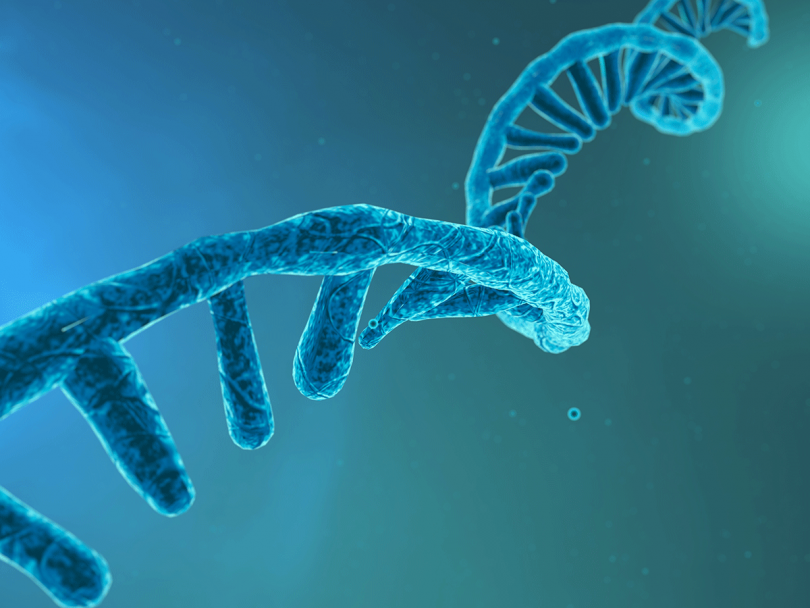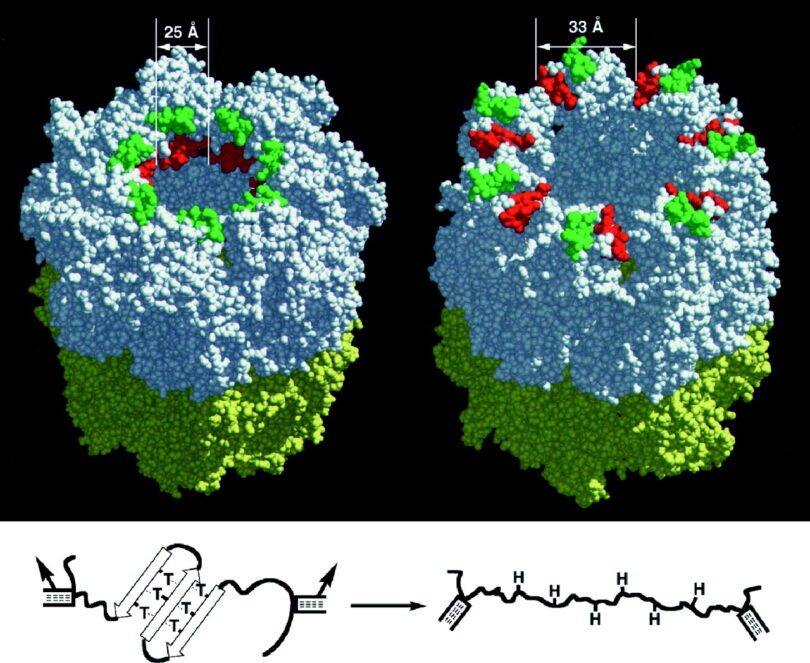The universal cellular machine builds protein chains inside the ribosome, which is composed mainly of RNA. Ribosomes are the only known molecular machine that chains amino acids together inside the living cell to form proteins. The precise order of the amino acids used to build the protein chain is comprised by twenty unique structures. The code-like blueprint of DNA provides the manufacturing order. The DNA double helix structure that carries this specified information is wrapped tightly around histone proteins–which takes this puzzle full circle. Histone proteins that only DNA provides the blueprints to build are in DNA. This quickly becomes a chicken or the egg riddle. What came first? DNA that built RNA that build Protein–as empirically observed today or could it be the other way around as the RNA World Hypothesis proposes?
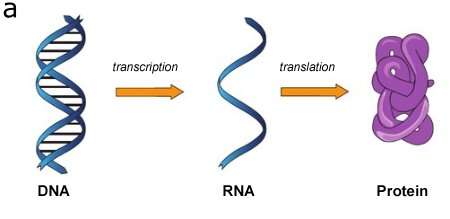
RNA emerged from viruses?
Another assumption made by the theory is that there were viruses before there were proteins to build cells. It follows common ancestry evolution logic– smaller and “simple” chemical structures become more complex by spontaneous natural processes. Once catalyzing occurred, a form of mutation drove the chemicals to be more complex as a form of pre-natural selection. The theory relies on viruses “evolving” even before genetics existed. This is oxymoronic because common ancestry evolution is driven by the mechanism of mutation of the genetic material–but here, the genetics do not yet exist. Somehow, genetic information in spontaneously formed protein capsules, lacking all living cell components and function, including ribosomes, manage to randomly manufacture proteins and self-metabolize (by spontaneous catalyzation of RNA).
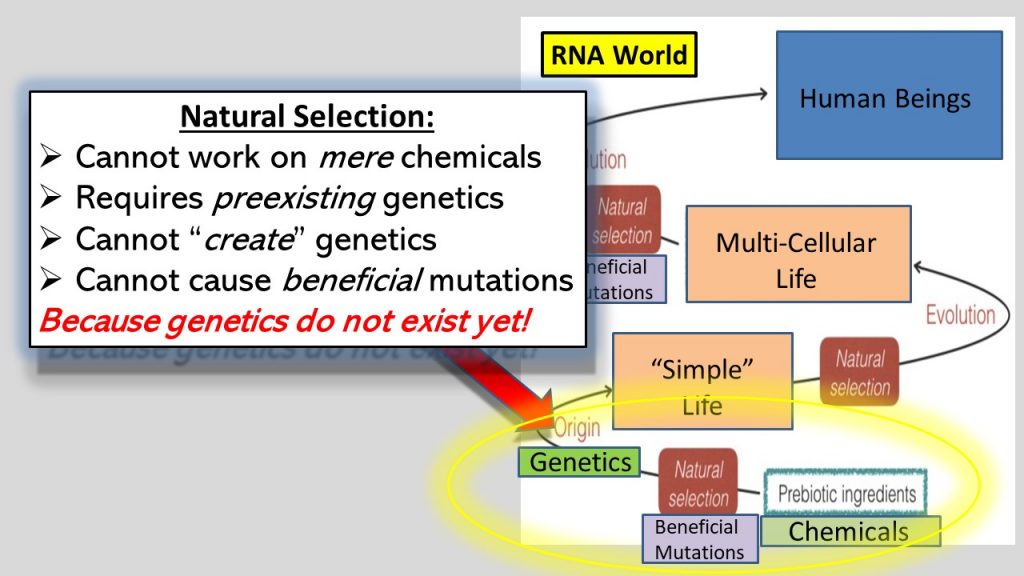
Viruses are capsules of broken genetic material
Alternatively, viruses are viewed by many in the scientific community as broken genetics–not precursors to life. They theorize that viruses emerged from once fully functioning biological cells or organelle that became massively damaged by mutation or other biological catastrophes. This makes logical sense as viruses today are not even considered to be alive. Viruses lacking literally lack everything required to be alive except genetic material. Viruses cannot replicate unless they invade a living host to use the living cells like a parasite. This becomes a chicken or the egg paradox: if the virus requires a living host to replicate, how did the first virus emerge before life existed? What came first, the living host or the non-living virus?
Clearly, the likelihood that viruses result from genetic mutation and genetic degradation is considered by many scientists to be unlikely. Empirical science finds that natural selection cannot and does not work on mere chemical components. Affinities and bonding naturally compel chemicals. These affinities do not create or explain the specified genetic information as found in RNA or DNA. Expecting specified information to emerge spontaneously is illogical. Nature cannot spontaneously create specified information that forms a genetic language.
The theory assumes that natural selection (driven by mutational copy errors to genetics) drove “evolution” even before genetics existed! Additionally, the RNA theory relies on viruses being the precursors to RNA, which does not match modern observation. Today viruses have no such association with any genetic material manufacture. Additionally, even though viruses have relatively simple construction, their structures are engineering marvels at a nano-scale.

RNA too complex a molecule to arise by chance
RNA is an extremely complex molecule, with four different nitrogen-containing heterocycles hanging off a backbone of alternating phosphate and D-ribose groups joined by 3′,5′ linkages. There are several problems with any prebiotic (before genetics even existed) synthesis.3 Such spontaneous pathways are extremely implausible and difficult for even highly trained chemists to accomplish experimentally. The theory must assume that “ancestral systems” at work (in the unobservable distant past) were not as tightly constrained as observed today.3 How exactly this might be, no one knows. Shockingly, the theory ignores all empirical evidence (DNA –> RNA –> Proteins) and effectively reverse engineers an origin of life from the bottom up– imagining a formation chronology of first life that has never been observed. (RNA–> Proteins–> DNA) or (Proteins –> RNA –> DNA)
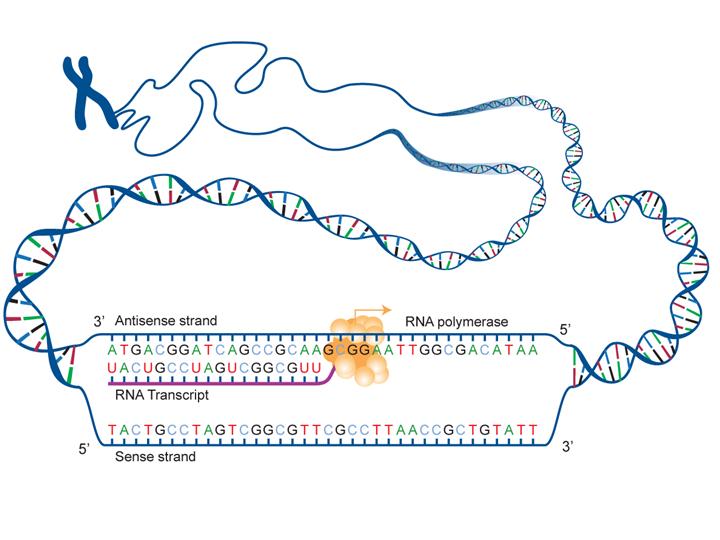
RNA is too unstable
RNA is particularly a very fragile molecule. It can be easily destroyed even under moderate temperatures.3 Therefore, some have suggested RNA must have “evolved” on ice or under icy cold conditions. The problem with ice is it is composed of water. Water as a medium is a known problem to all chemists because water drives oxidation within the fragile structure of RNA. Additionally, icy conditions slow catalytic activity rates.3 The amino acids used by life forms do not exist in nature or water–where did RNA get its materials? For the proposal to work, the acidic conditions to protect RNA would have had to be extremely strange– like a vinaigrette or mayonnaise.1 & 2 Where on earth would such proposed bizarre conditions exist?
Bernhardt found, “With our proposal for RNA world evolution at acidic pH, we have suggested that the primordial ‘soup’ may have been more like vinaigrette1, while Hanczyc2 has drawn comparison with mayonnaise, with its emulsified mixture of oil in water.” {Either way, the required conditions are very improbable.}
(1) Primordial soup or vinaigrette: did the RNA world evolve at acidic pH Bernhardt HS, Tate WP Biol. Direct. 2012 Jan 20; 7():4. (2) Metabolism and motility in prebiotic structures. Hanczyc MM, Philos Trans R Soc Lond B Biol Sci. 2011 Oct 27; 366(1580):2885-93. {Parenthesis are mine}.
RNA sequences are too long for catalysis to occur by chance
The RNA world hypothesis requires vastly long RNA sequences for a catalytic activity to occur. Therefore these numerous randomized sequences required to isolate catalytic and binding functions are mathematically implausible. This is a fancy way of saying a mathematical impossibility. This can be illustrated by the need for a minimum of a 95-nucleotide stretch of RNA. This massive structure consists of 1014 to 1016 likelihood of assembly3— which is a mathematical absurdity (impossibility). For such an occurrence to have arisen by random serendipity is preposterous. Such expectations of luck reach far beyond even expectations of a mathematical miracle–like Moses parting the Red Sea.

RNA theory must imagine an earth with outrageous conditions
The other key to this theory is that we must assume that everything we observe today regarding RNA, Proteins, Ribosomes, and RNA were NOT what we observe today. Everything was different than empirical science as observed today in order to make this wacky theory work. This is not how any other field of science operates– they follow the observable science to derive conclusions. The problem here is the conclusion is presumed– the conclusion that nature itself is the spontaneous creator of life. The stretch made is like observing a round hole but forcing a square peg —where amino acids are randomly floating in a vinaigrette or mayonnaise-like fluid that is icy cold. These conditions required are ridiculous to even write out–let alone ever entertain as a possible reality of the distant past.
What about Proteins first?
Despite any apparent merits, whether actual or imagined, such elaborate theories like the RNA world hypothesis must face the most straightforward and sober objections that all proteins emerge from RNA and not the other way around. Could it be that proteins formed RNA? Under this logic, protein sequences (which observable only come directly from DNA genetics instructions) somehow formed randomly and spontaneously then began to catalyze as RNA. Additionally, these randomly formed proteins must have folded into the highly specified shapes without the benefit of specified protein teams (enzymes) to inhibit or encourage folding specifications, the ribosome, or the living cell’s protective membrane. The idea here carries even worse mathematical absurdities (impossibilities) as the protein-first proposal discussed above. The average protein chain in a human is 350 amino acids long derived from 20 unique amino acids– the likelihood of only 10 assembling in a specified order randomly is 1 in 3,628,800 (put in the calculator as 10!)–350 is incalculable–impossible (350!). And these numbers are in base 10– amino acids are base 20.
What came first the Chicken or the Egg?
Does it appear that the origin of the life RNA world hypothesis expects RNA to be the egg (as the randomly assembled protein chain) formed the Chicken (RNA)? Or, perhaps the RNA is both the chicken and the egg!3 No matter how the argument is constructed, major gaps (really canyons) of logic separate the theoretical islands proposed to have built the first life forms. The entire theory is left where it started. Not clear on how it spontaneously began, where the process first occurred, or what medium this happened in, or how all this might have spontaneously occurred by mere natural processes that have never been observed. Ever. The more we learn about the complexity behind the living cell’s biological and genetic processes–the further we get from understanding abiogenesis. Such an occurrence remains preposterous.


